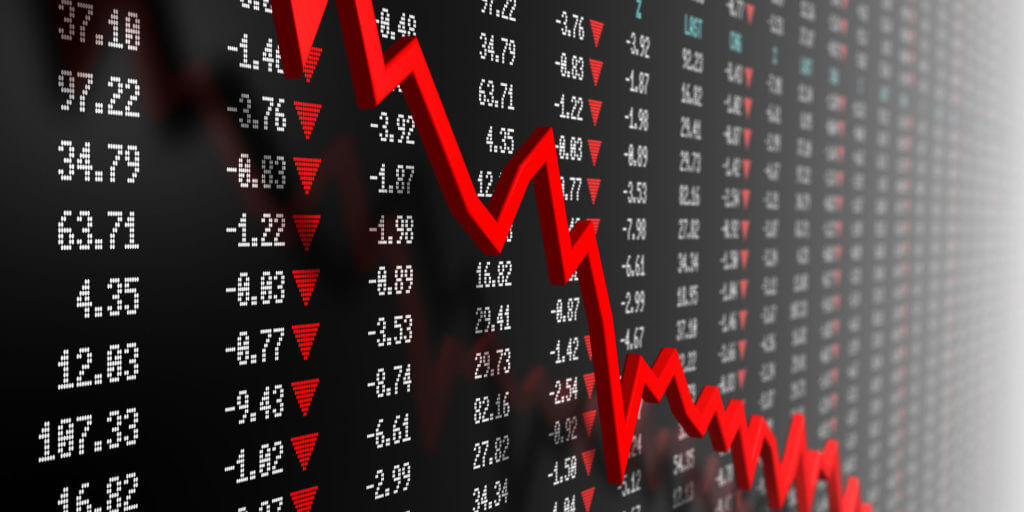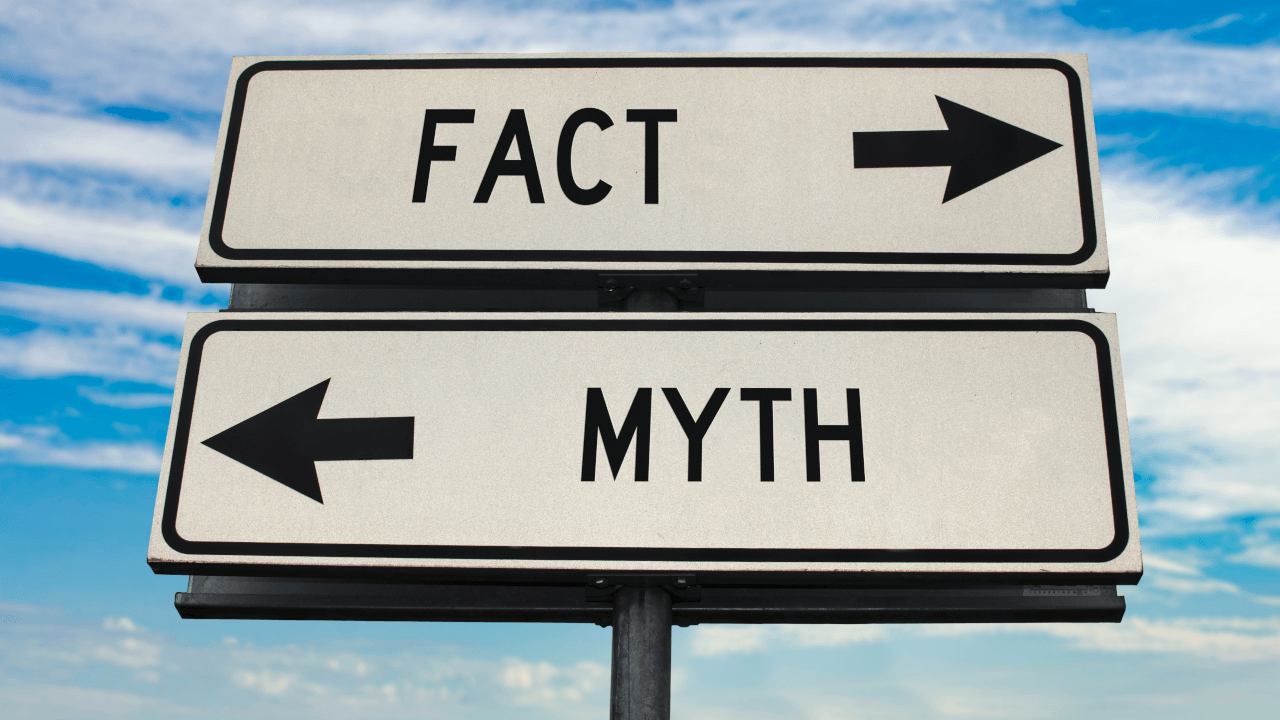
The Asia Pacific market ended 2016 with a mixed bag of results, marginally increasing occupancy 1.6% to 69%, but also posting a 0.9% fall in average daily rate to finish at US$100.46, according to data from STR. Hotels grappled with balancing stable demand and steadily increasing supply of inventory into the market.
Globally, the year was one of unexpected outcomes — particularly the results of the Brexit vote and the U.S. presidential election. In Asia, it was mostly business as usual, although it can be said that in today’s connected and globalised world, nothing can really happen in isolation.
As the world, including Asia, waits and watches how 2017 will pan out, the climate of uncertainty and anxiety persisting amongst the business communities is not surprising. The furore around restricted and banned travel to the United States has added to it.
Given this environment, it’s hard to know what the distribution and rate strategies of hotels in Asia should look like this year.
One thing is clear: Hoteliers must not wait till they are in the storm before they look for an umbrella. The time to start planning is now. Often hoteliers are caught unprepared and end up responding with knee-jerk actions. The key to not reacting that way is to have a plan in place — to have an early and clear view of all the data, information and metrics and then be able to make smart decisions, not rash and impromptu ones.
Making a plan
- Pay attention to your benchmarking data
Having the right information to make the right distribution decisions and then having the fortitude to stick with them is going to be key in winning the battle when times are lean. The most important metric in an uncertain or recessionary environment becomes RevPAR Index — how you stand against your competitive set.




